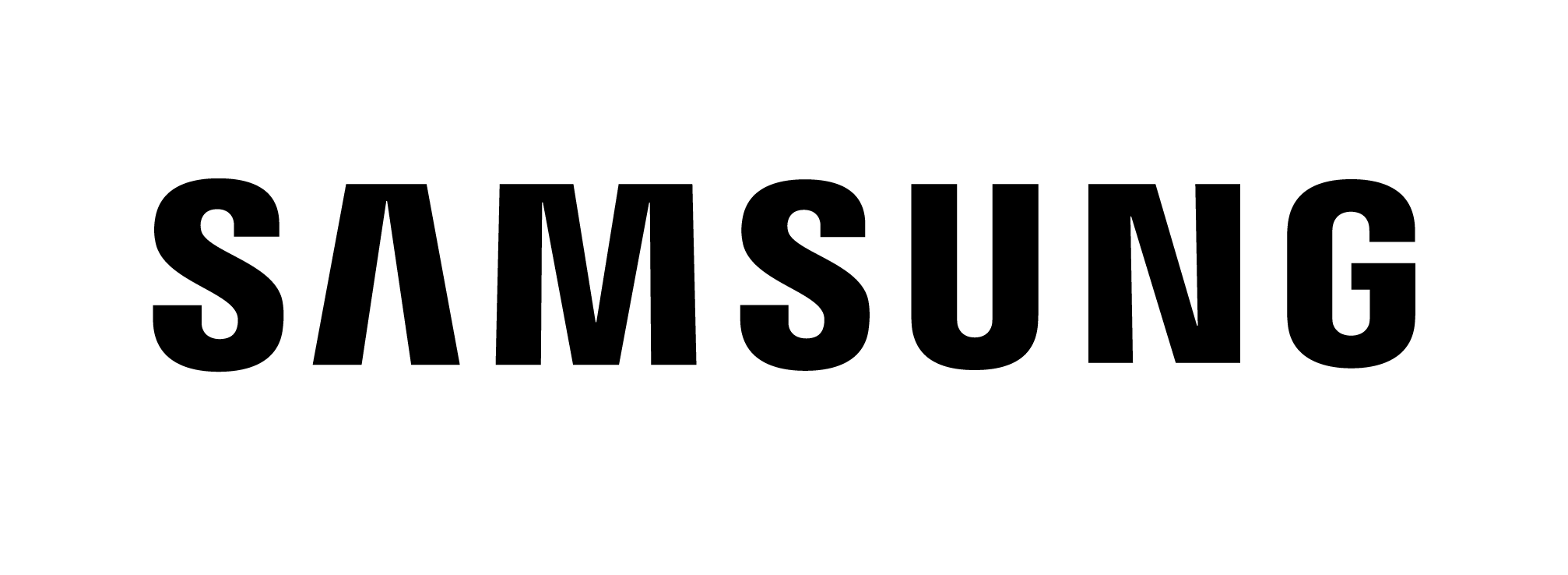An ultraviolet (UV) chip that eliminates potentially harmful microorganisms has been developed in an international collaboration between industry and academia.
The chip was developed by scientists from the LUMINOUS! Center of Excellence for Semiconductor Lighting and Displays at Nanyang Technological University (NTU) in Singapore, and PureFize Technologies in Sweden.

The chip has been used to produce a commercially available device called EcoLoc that can be attached to food containers to keep the contents fresh.
UV light is known to be effective at eliminating microorganisms including bacteria, fungi and viruses. Short wave UV, known as UVC, is particularly effective as it damages DNA.
Mercury lamps have been routinely used to disinfect air and water but have certain environmental and safety issues due to the toxicity of mercury.
Instead of vaporising mercury, the chip produces UVC through a process known as cathodoluminescence.
This uses a cathode made of zinc oxide nanostructures and an anode coated with a material that emits UVC when excited by electrons.
When a voltage is applied to the chip, the cathode emits electrons that are accelerated through an area of vacuum towards the anode.
When struck by the electrons, the anode generates the UV light that is used to disinfect nearby materials.
UV light eradicates a range of potentially harmful organisms
The UVC directly disrupts the DNA of a wide range of microorganisms, while UVB and UVA penetrate biofilms and cellular components such as proteins and lipids.
At a few centimetres, the chip is much smaller than conventional mercury lamps. It can be switched on and off instantly, allowing for on-demand disinfection, and it is able to operate at temperatures ranging from -20C to 100C.
In laboratory tests, it was found to effectively eradicate microorganisms within a few minutes, including the bacteria pseudomonas aeruginosa (PsA), E. coli, the bacteria responsible for Legionnaire’s disease, and the virus that causes COVID-19.
Professor Hilmi Volkan Demir, the director of LUMINOUS!, said that the chip was comparable to mercury lights in terms of its effectiveness and that it had potential applications in areas including food storage and medical technology.
The first marketable application is the EcoLoc device, which is currently designed to fit the IKEA series of 365+ food storage containers.
It was able to prolong the shelf life of foods including meat, bread and vegetables by up to a week with minimal changes to smell and taste.
Today’s news was brought to you by TD SYNNEX – the UK’s number one solutions distributor.

